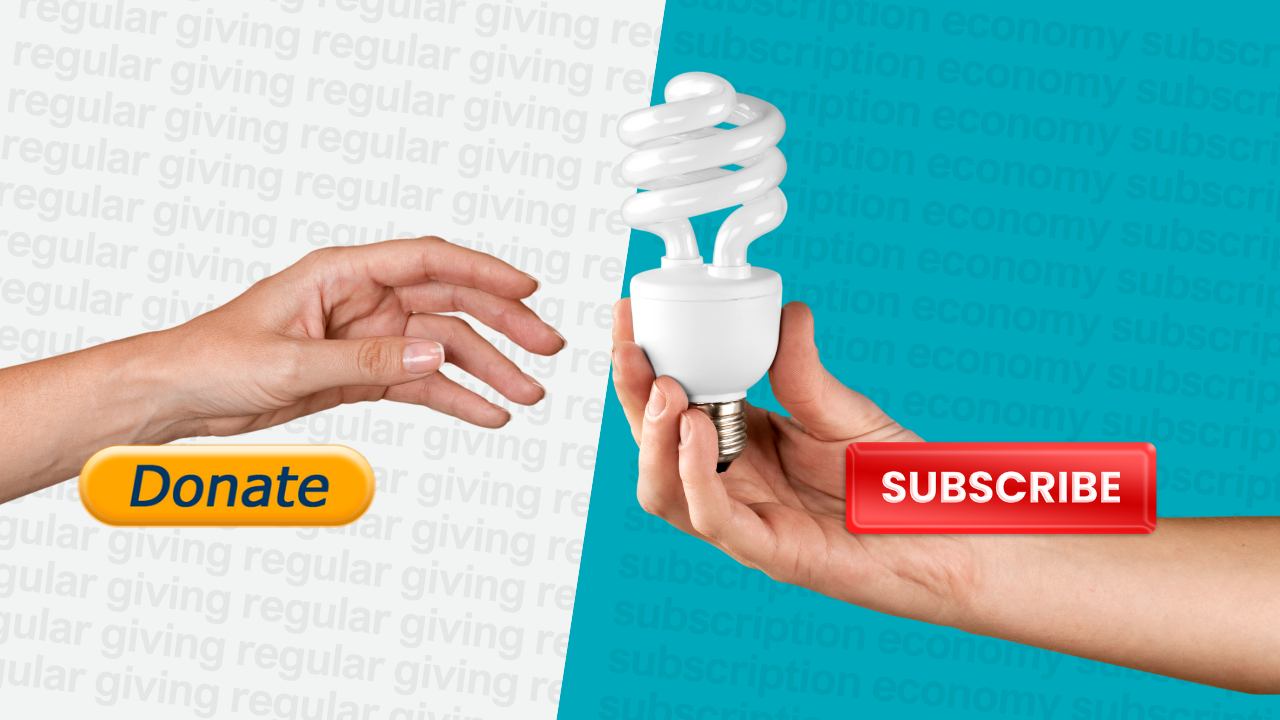
14 April 2022 | Article | SG Support Consulting Team
Stimulate Donor Gifting With Gamification
One of the most valuable resources of the digital age is attention. How often have you looked at your phone to be distracted by a notification? Or shifted your eyes to watch a pop-up video? In a world where our attention span is short, gamification has effectively stepped in with an element of fun to build a livelier and more engaged community. And if gamification works well in the for-profit world, it can for nonprofits as well.
What is gamification?
It’s not a gimmick. Gamification is incorporating game-like elements into marketing strategies to evoke real, powerful emotions, and drive its audience from happiness, excitement to elation.
Even if you are not on a steady diet of video games, you would have experienced it at some point. One of the simplest forms of gamification is receiving a stamp on a loyalty card from your favourite coffee shop, or furnishing your LinkedIn profile based on the percentage of completion.
Gamification in fundraising uses gameplay to incite people to understand the cause, change behaviour, spread the word and of course, boost donations in an engaging and meaningful way.
How charities are using gamification
Freerice: This app allows players to donate rice to families in need by playing a multiple-choice vocabulary game. For every question that is answered correctly, ten grains of rice are donated via the United Nations World Food Programme.
My Life As A Refugee: In honour of World Refugee Day, UNHCR brought awareness to the dilemmas faced by families torn apart by war or persecution. The downloadable game app mimics the events and decisions that refugees wrestle with and prompts players with a series of tough questions in a quest to reach safety.
Key tips for charities considering gamification
Simplicity
Design a game that is easy to understand, but not quite so simple to play. Uncomplicated enough to delight players but liven up with a little tension to keep it interesting and engaging for an extended period of time.
Progression
When players track their journey toward the fundraising goal, it creates a sense of urgency and it keeps them engaged. Multiple levels keep the momentum moving forward and a fun way for people to collaborate toward a cause.
Goals
To help players persevere; that’s the whole point of progress bars and leaderboards. Healthy competition can be a highly effective engagement mechanism in gamifying fundraising. In between levels, momentum builders like badges and points incentivise players to donate and further supercharge the campaign.
Shareability
The other part of the fun is bragging rights. Gamification is intended to be shareable and just as virality will broaden audiences and widen awareness, a genuinely buzz-worthy game will get players spreading the word soon enough.
Why does gamification work?
Quite simply, gamification leverages the emotional triggers that are linked to positive user experience:
1. Give donors a sense of achievement. One of the most powerful psychological driving factors of human behaviour is achievement. Along the way, donors get positive reinforcements. Motivation can be something as simple as a thumbs up or a fundraising badge. It could also be a tangible reward; for example when the management of an organisation matches the points or donations from the employees.
2. Let donors explore and ‘escape’. Escapism in an altered world where they feed their sense of curiosity, and put their abilities to test without actual risks, create intrigue and excitement. Two very powerful emotions and a positive user experience.
3. Allow donors to perceive their value in doing good. When donors feel like a part of something bigger than themselves, it leads to a sense of self-worth. Acts of giving provide the emotional satisfaction that they are enablers in the pursuit of a goodwill goal.
But there’s a downside to gamification
Yes, it generates and increases engagement, donation and recurring support. However, gamification triggers a dopamine rush and before you know it, addiction kicks in. Too much of a good thing, in other words over-gamification, can distort the donor’s original motive, shifting the focus away from the cause and onto gaming status and rewards instead.
Is gamification the solution to fundraising strategy?
Gamification makes fundraising fun, that’s for sure. But the game part of it should never overshadow the cause at the heart of it. Use the mechanics of gamification as a strategy to achieve your goal. Whether it is to educate, inspire, engage, raise funds or take action, design with your audience in mind and allow everyone to have a little fun along the way.




